|
We fought our third game of Bolt Action last night. To a background of thunder and lightning outside the shed, Matt’s and my Allies were given a bloody nose by Ian’s Fallschirmjägers. Armies were 1000 points a side, with the Allies split 500 points apiece between US and British. We played scenario 2, where the winner is the one who destroys the most enemy units. The table was laid out to represent farmland, criss-crossed by bocage with a copse on one flank and a wooded hill and stream on the other. We used the hedgerow rules from Battleground Europe, where the bocage counts as hard cover and cannot be seen over, unless the firer and/or target is adjacent to it. The bocage was in a St Andrew’s Cross shape, with its centre more or less in the middle of the table. For most of the game we had a stalemate in the centre and Allied left, as British and Fallschirmjägers threatened each other from behind diagonally adjacent fields. Whoever broke cover first was likely to lose a lot of men so apart from mortar fire and the accursed German sniper, not a lot happened here. On the Allied right, the action was much faster, bloodier and ultimately decisive in the Germans’ favour. Two squads of Americans, with a Browning HMG and M3 halftrack, challenged one squad of Fallschirmjagers, a light AT gun and a Panzerfaust for control of the wooded hill. The Germans’ superior weapons proved unbeatable, with the extra shot and the Assault ability really adding to their lethality. A British attempt to reinforce the Americans fell foul of German guns in the hedge line. When this attempt was launched, Ian chose to pull back his right wing to launch an attack round the British left. The British responded by sending everybody but an MMG in Ambush to reinforce the Americans but this was too late to change the outcome. By game’s end, two Allied units had been destroyed to the Germans’ one, which was enough to give Ian the day. Moreover, as two US squads were at greatly reduced strength and under several pin counters, the result was more decisive than the small VP difference might suggest. For most of the game, fully half of the German force didn’t do more than dodge mortar rounds and lie behind some hedgerows. A lot of soul searching later, the following thoughts come to mind. With veteran status and a fistful of assault guns, Fallschirmjagers are very hard to beat at close range. It isn’t healthy for a regular Allied squad to race them for possession of a terrain feature: they will always have the edge. Perhaps it's better to stand off, try to knock some Fallschirmjägers down and slow them with pin markers. Mortars have a powerful disruptive effect. Even though the first round has only 1 chance in 6 of hitting, the target is under pressure to move before the improving odds result in a splat. An MMG in ambush with a good fire lane can isolate a portion of the enemy force, allowing it to be overwhelmed. Nice theory, hard to implement. But I'm going to work on it. Smoke! Why haven't I used it yet? It was a key part of tactical doctrine for a reason and I need to work out when and how to use it in the game. There weren't many consolations for the losers of this game, except that we took out the German sniper and the two US squads were still standing at game's end despite serious losses. For all that, it was a good evening and the system keeps drawing us further in.
0 Comments
Leave a Reply. |
Archives
November 2023
Categories
All
|
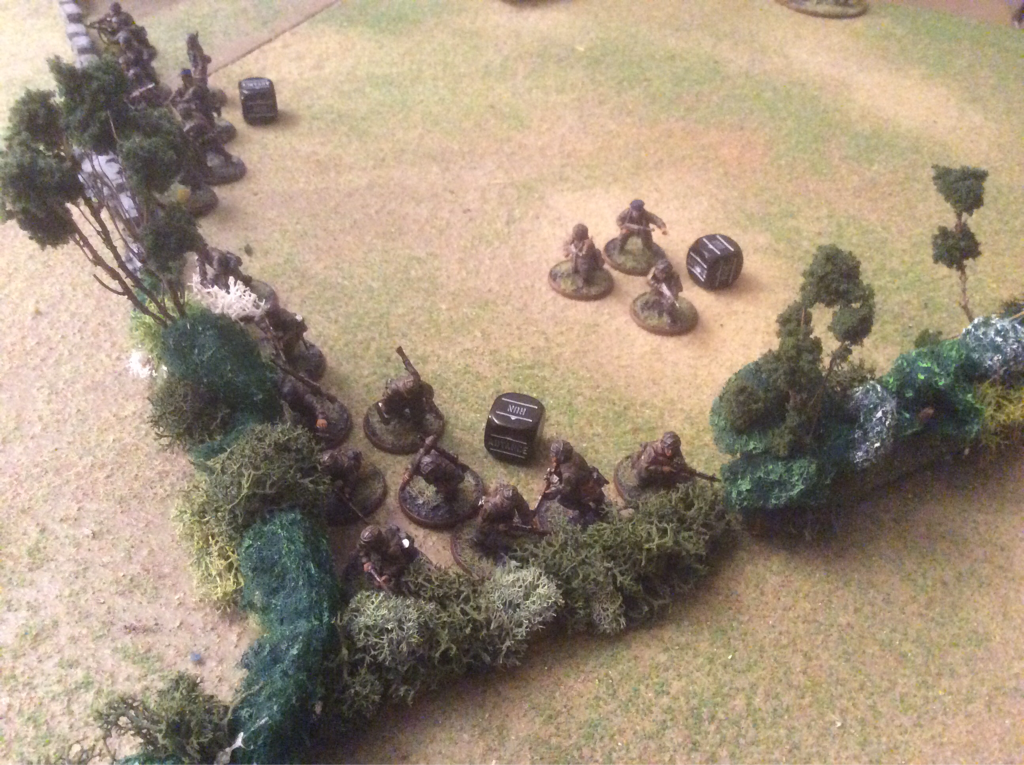
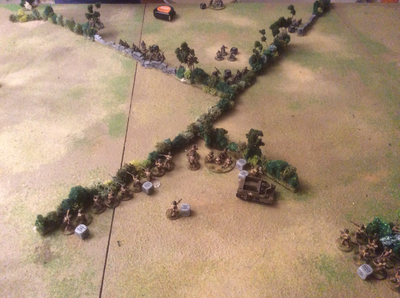
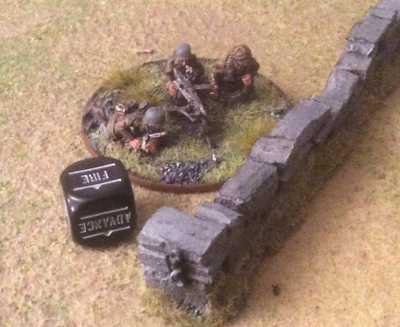
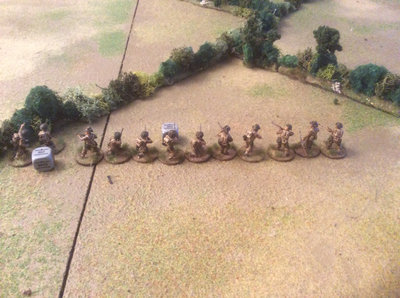
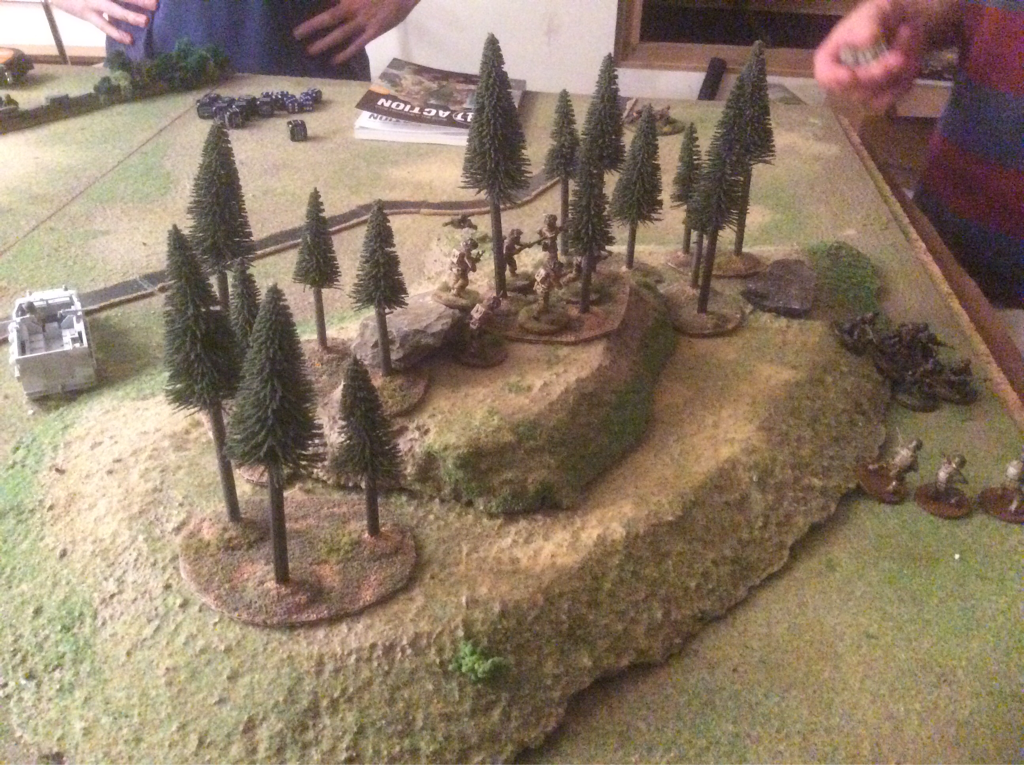
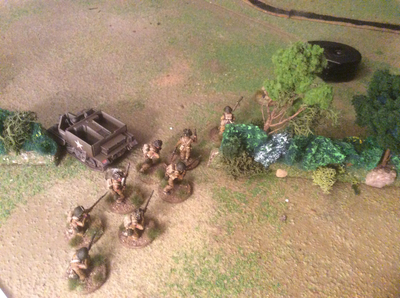
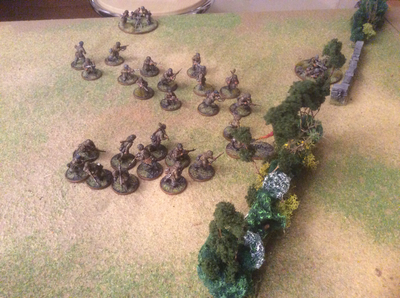
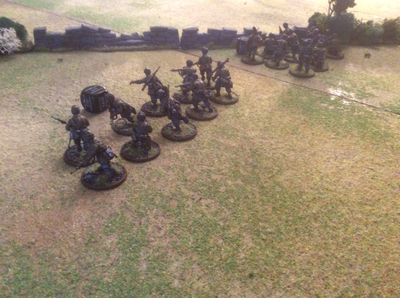
 RSS Feed
RSS Feed